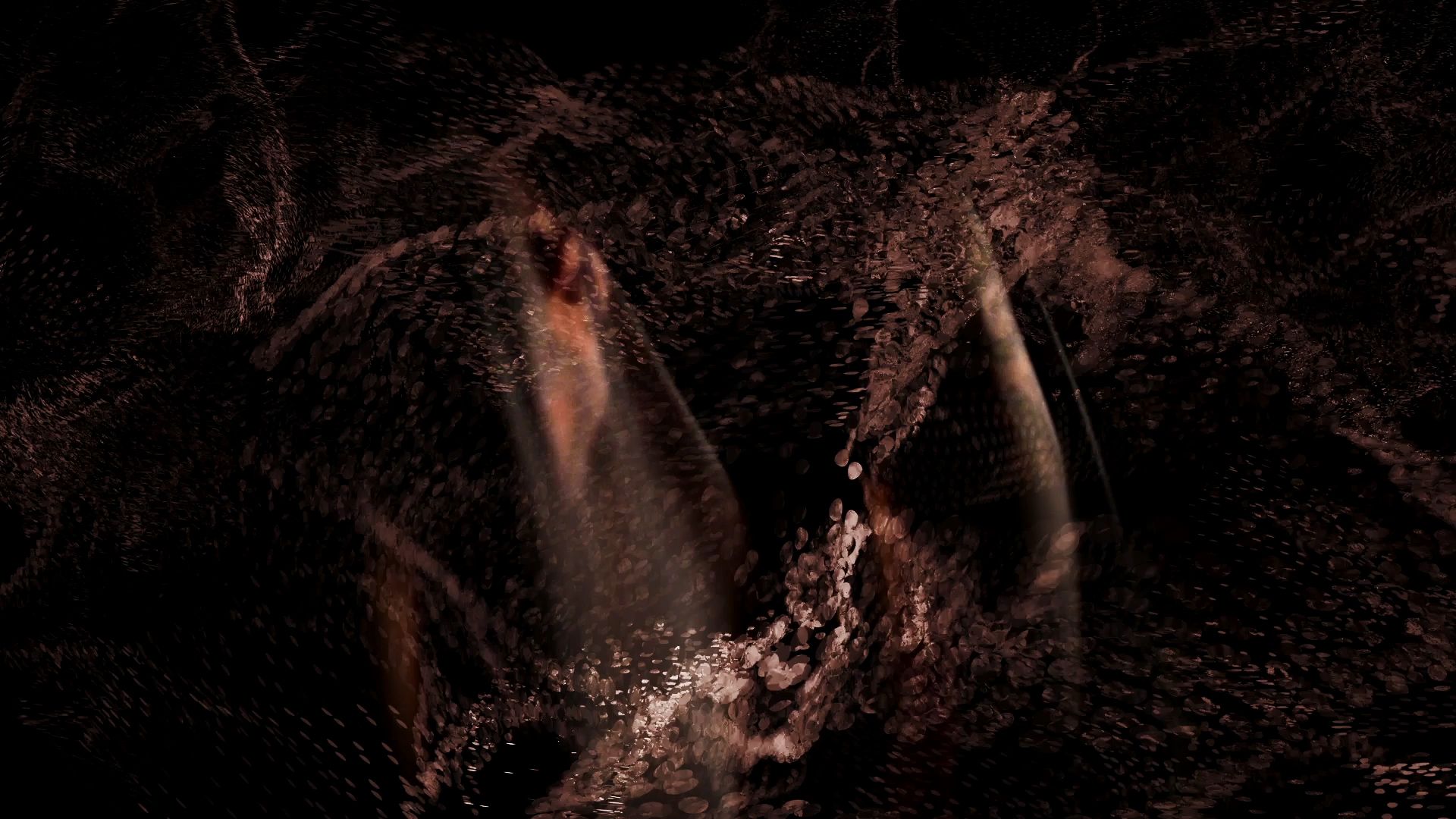Interview by Silvia Iacovcich
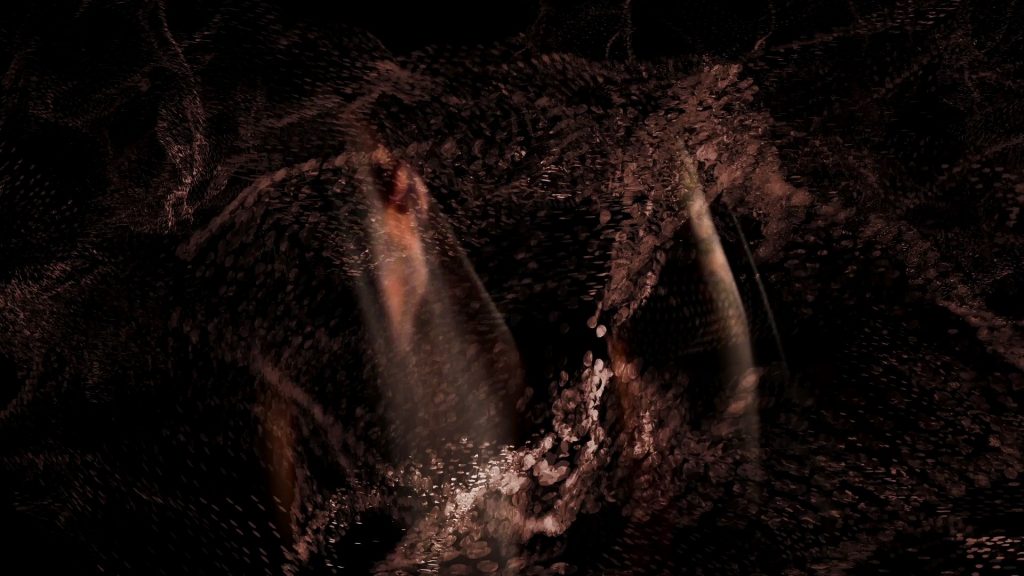
Ian McDonnell, AKA Eomac, was encouraged into music from his teenage years. Coming from a classical music family background, he learned production the traditional way, including composition and orchestral music in his early education. Growing up, influences from sound pioneers such as Morton Friedman, ambient ventures like Aphex Twin, and old-school hits of Wu-Tang amongst inventive and original figures from the 90’s marked his complementary trajectory, crafting the structure of EOMAC’s experimental sound which encompasses funk, electronic, ambient and techno.
It’s fascinating to hear the artist mentioning comedy lineups as one of his main sources of inspiration: the narrative artistry and the human portrait that define the genre is transferred into much of EOMAC’s work. Through his latest release, Trinity, we embark on a journey that seems to retrace the raw life dynamics with the same frankness and honesty.
The project, inspired by a visit to Teotihuacan near Mexico City, is the concluding chapter of a multimedia triptych that began in 2016. Coming together with audiovisual artist Sal Stapleton, the epic avant-techno experiment sheds a glimpse into the authenticity of life, analysing its transmigration into contrasting states.
Displaying the abandonment of the primitive self, the physical limitation of our bodies, and the spiritual, healing side of our existence, the trilogy organically connects and complements itself. We discover the point of origin in Temple of the Jaguar, where a body convulsively captured into his brutal, primal force performs aboriginal movements, following the vitality of the textural percussion and the pragmatism of the black and white colour palette.
Reconnect reaffirms the natural human state: drawing from folkloric sounds that intertwine symbolical influences from traditional Irish music, Haitian voodoo drumming and raw old-school jungle, the album invites us to reconnect natural forces through a process of purification from dogmas that forces us into a better state of positive regeneration.
Closing the circle, Trinity pushes the notes on elegiac and sombre tones of percussive rhythms, accompanying the dissolving images of an almost ethereal body, now completely blended into an intangible aura. Black, white and red alternate, encapsulating the circle of life, death and rebirth. The multimedia project energetically survived the lockdown restrictions, resulting in an introspective tale where hearing and listening work in parallel to create a multi-layered experience.
Alongside his solo career (you can find his work under monikers such as OMIC and EeOohe) is one half of the duo Lakker (with Dara Smith aka Arad) on R&S Records and Noeverything with producer/vocalist Laura Kilty and Lena Andersson with producer Kyoka.
And he’s releasing his new album Cracks (Planet Mu) on April 16th, an album that represents a change of scenery and a change of practice from his previous two albums conceptualised and recorded while living in Berlin. Cracks grew away from the demands of club life after moving to a beautiful rural part of Ireland without any outside pressure and connecting to the subtle power of the new environment and reflecting it.
The musician is pragmatic; he resists the virtual world and likes the connection when pure and real, performative, better if vigorous – detaching himself from the filters of social media and the non-physical experiences of the virtual world.
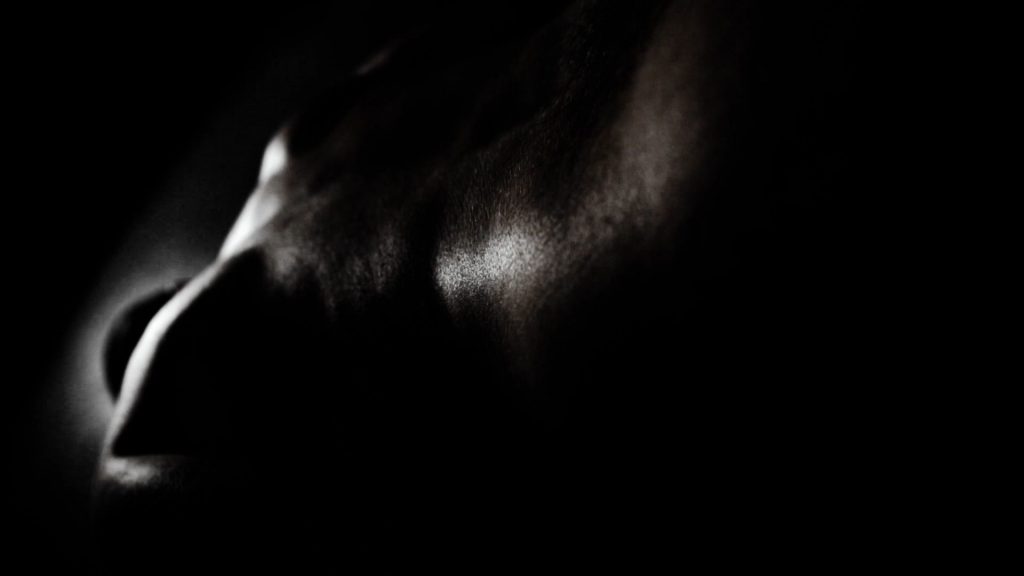
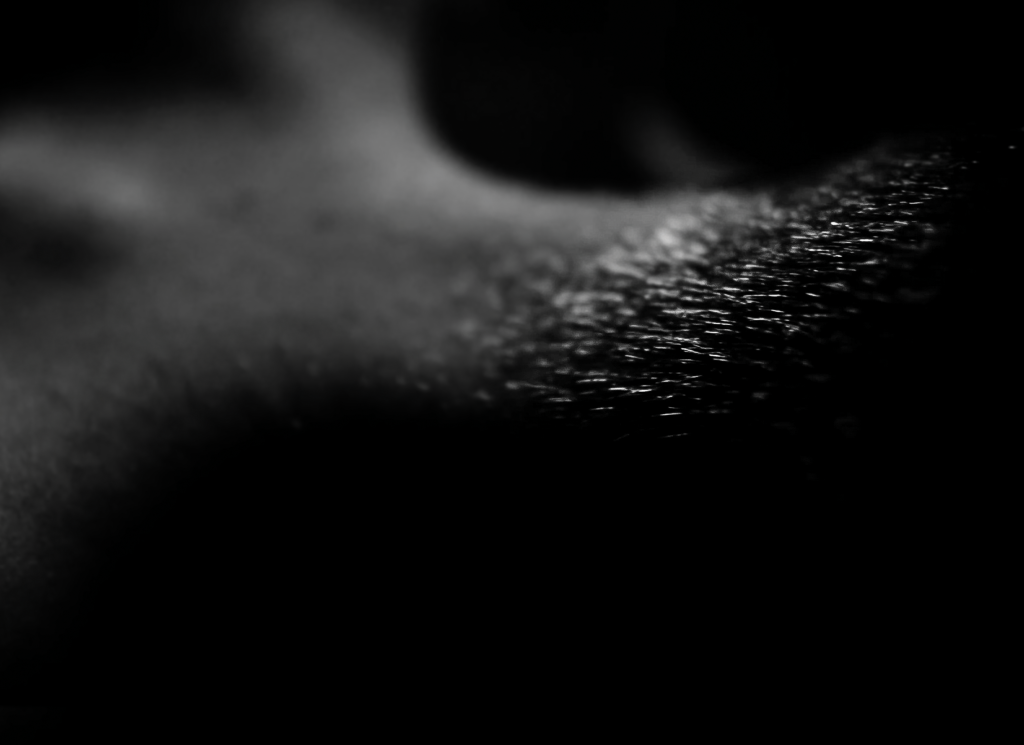
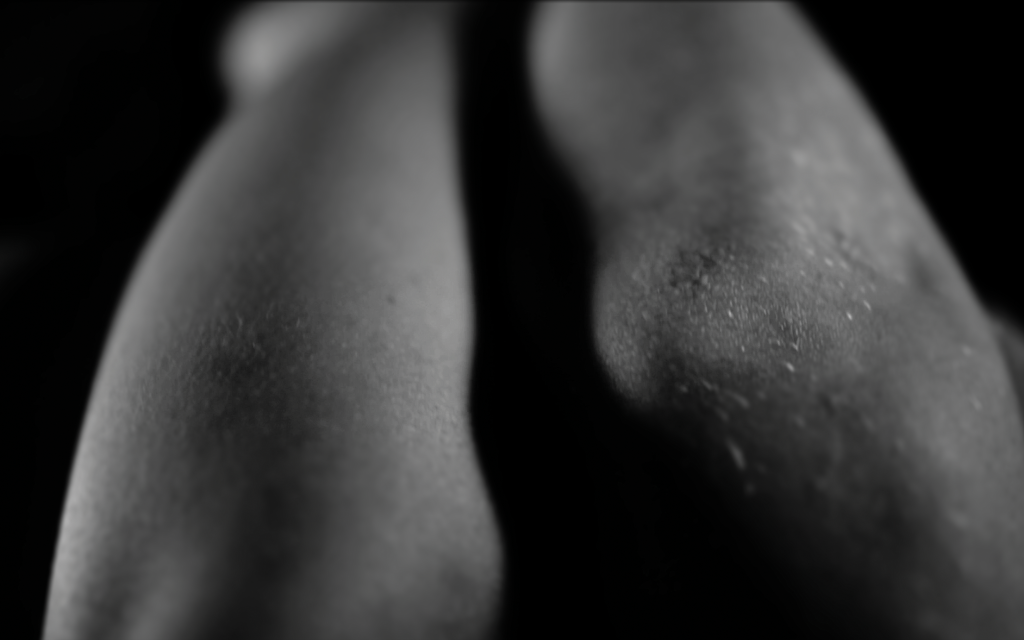
Your sound has developed and moved across genres, collaborations and roles from DJ and producer to label owner. When did you choose a music career, what/who inspired you, and what piece of equipment is particularly dear to you?
I chose a music career pretty early on before I finished school. I studied music in a formal setting for a while, and then, step by step, I made it into a full-time thing.
Lots of things and people inspired me. Friends and music lovers introduced me to new music. My stepfather, a classical music composer, inspired me early on with lessons on orchestral music, reading scores and composition. The music of Aphex, Autechre, early Warp & Rephlex etc., Morton Feldman, Wu-Tang Clan, rave and ‘hardcore, Shut Up and Dance, The Prodigy – lots of things inspired me when I was younger. More recently, it’s not individual artists that inspire me but a more general attitude of honesty, sincerity and vulnerability.
Another thing that has been a huge inspiration to me is stand-up comedy. I think a huge amount of bravery is needed, and it can connect and unite in ways no other art form can.
In terms of equipment, I’ve always just used a laptop. I don’t have a huge interest in the technological aspect of electronic music; it’s never been about gear for me. But I am indebted to – and very grateful for – the humble laptop and software I’ve used over the years (Ableton, Cubase, Reason, various Native Instruments and other VSTs).
Trinity is the final part in a trilogy of audio-visual dance pieces, the only one released during the lockdowns of 2020; how was the process of collaborating online with Sal Stapleton, and how does this last part differ from the precedents?
I’ve collaborated with Sal since 2016, when we made the ‘Temple of the Jaguar’ video. They have been an integral part of this trilogy, from directing the shoots to editing, post-production and performing the Reconnect AV show live with me. Their creative vision and visual aesthetic have helped this project become what it is. Our relationship is fluid and easy at this point. A lot of ‘Trinity’ was me sending them notes and ideas on the concept and structure of the piece and then reviewing what they sent to me. A back and forth of edits and emails. It came together quite organically over the course of the year.
‘Trinity’ differed from the other parts in that the visual footage had already been shot before the music was composed (we had shot the footage during the ‘Reconnect’ AV shoot). So I had a visual idea in my head, and the music followed that rather than the other way round
You often embark upon collaborations with visual artists. In Temple Of The Jaguar, you mirror the tracks with your own physicality dancing in monochrome – how does your relationship to the visual development? Is it intrinsic to sound or works on a parallel dimension?
It’s funny; until ‘Temple of the ‘Jaguar’, I didn’t think of visuals at all – I still don’t when making tracks. So for me, it is not intrinsic to the music. When I use visuals, it’s in a complimentary way – a parallel, as you say. With ‘Temple of the Jaguar’, the visual idea just appeared one day in my mind, fully formed, so I knew I had to make it.
We live in a very visual age with so much of what we consume and experience now coming through screens. I don’t think that’s positive, so a huge part of me resists the need for music to have a visual element at all. It feels like we are being guided by technology and algorithms into ways of being that don’t make sense. There are so many distractions from the actual sound and feel of the music. My favourite way to listen to music is with my eyes closed.
Having said that, I love a good visual show in a live setting and music videos that complement the music somehow. I love a visual element when it makes sense for the overall piece (which I hope I’ve done with this trilogy) rather than an intrinsic need for music to have a visual element.
The concept behind this trilogy reflects on the human condition – from a primal to a physical to a more spiritual state. It is reflected in a corollary of sounds – from elegiac to frenetic to repetitive refrains. What was the creative process behind this project? Was the inception conceptual or pragmatic?
The initial conception was quite pragmatic. It came from a trip to Teotihuacan in Mexico in 2016. There were sellers there selling little whistle-like instruments that sounded like a jaguar’s roar when blown. I liked hearing them, bought one and jokingly said I’d make a track with the sound. When I started making the track and processing the sound, it became something else, something more serious. There was a primal quality in it, animalistic and also human. That track became ‘Temple of the Jaguar’.
The process was more conceptual after that. I had the idea for a video, and then I wanted to develop it musically – using my own voice and screams to make something more human, less animal. That became ‘Reconnect’. With the visuals for the ‘Reconnect’ AV show, I wanted to explore further the idea of using the human body as the primary mode of expression.
It was meant to be a two-part piece, but while we were shooting ‘Reconnect’, we recorded all this beautiful footage with coloured fabrics. It didn’t quite fit the vibe of what we were making for ‘Reconnect’, so a third and final piece was born. The colours of the fabrics used – black, red and white – suggested to me death, life and spirit / the infinite, which became the concept of ‘Trinity’. The trajectory of the trilogy became a move from primal to human to spiritual.
The current situation has led the events world to move to an equivalent virtual world; from a positive point of view, this has been a fertile ground to experiment with new tech mediums. How do you see the future of live events and artists collaborating online, in a virtual world, across different countries?
Maybe I’m not the best person to ask about this! This year, I’ve resisted as much as possible moving to a virtual world (though it’s hard to resist completely). I understand the move to a virtual version in the absence of live shows, but I’m not super drawn to an experience when it exists solely as a virtual one. Maybe it’s better than having no events at all; I don’t know. I think we will see more and more events happening online (even as things begin to open up again) – and that’s cool for people who enjoy them – I’m just not convinced it’s a positive move.
On a basic level, I feel that so much time spent looking at and interacting through a screen is detrimental to our collective mental health. It certainly is for me. This year has made me realise I want to look at a screen less and less.
Online collaborations, on the other hand, I’m a big fan of! I love that I can connect with people in different parts of the world, people I’ve never met but with whom I share a connection through music. There’s something beautifully unifying and human about that. Of course, with all my collaborations, I want to eventually be in the same room as the people I’m working with and connect with in the real world. For me, that’s always what virtual connections and digital technologies are about – facilitating and organising around what’s happening in the real world rather than a means to an end in themselves.
What’s next for you? What are your future collaboration projects?
Next for me is my new album ‘Cracks’ which is out on Planet Mu on April 16th. Normally at this time, I’d be organising a tour to support it, but of course, live shows are still up in the air. When it’s realistic again, I’ll tour the album. As for collaborations, I’m working on something very exciting at the moment with some artists I’ve long admired. But I don’t want to say too much yet! It’s still in the early stages.
What is your chief enemy of creativity?
In specific terms, I think social media is a real problem. The need for ongoing ‘engagement’ and always having to have something to say or show, and the reduction of creative expression to ‘content’ are all detrimental to creativity.
I’m general terms, it comes down to your own mind. The ‘enemy’ is allowing yourself to be distracted by external forces (as above) rather than being fully present and allowing the creative force to flow through you.
You couldn’t live without…
Good question! I try to live so that I’m not reliant on external things for my own sense of happiness or contentment. But that is a lofty idea, and I’m not there yet. I would find it very difficult to live without some way to make and share music.

